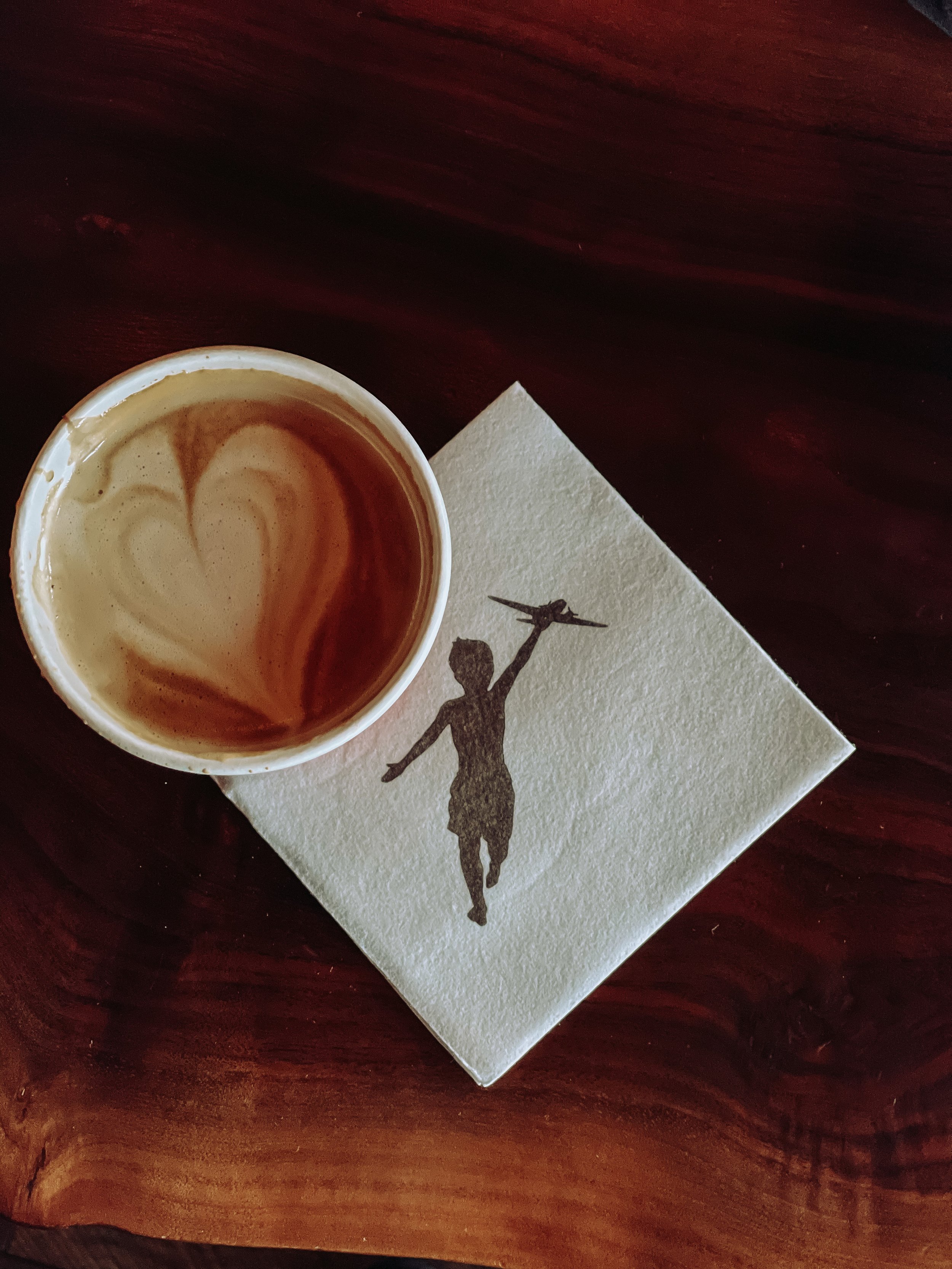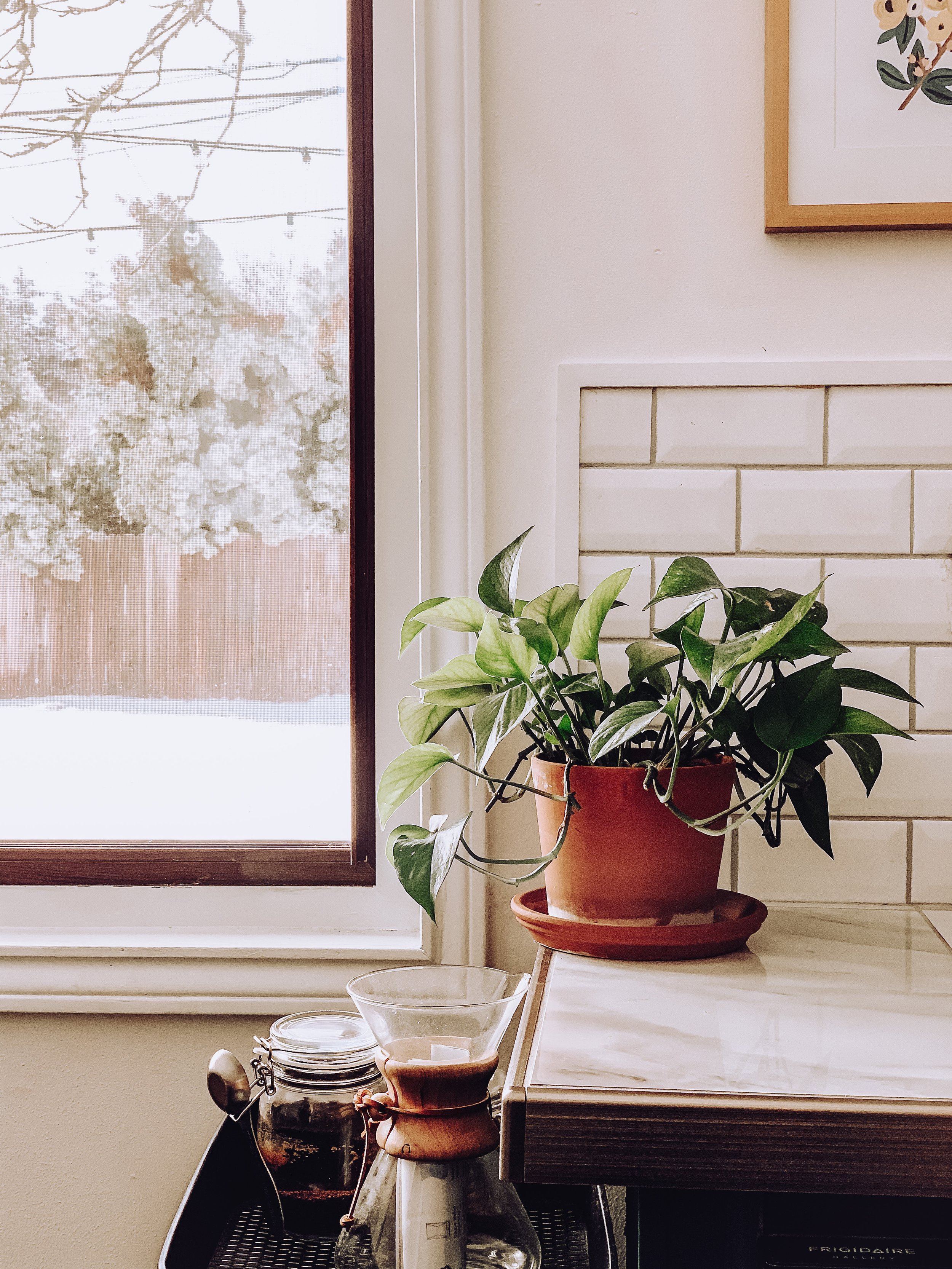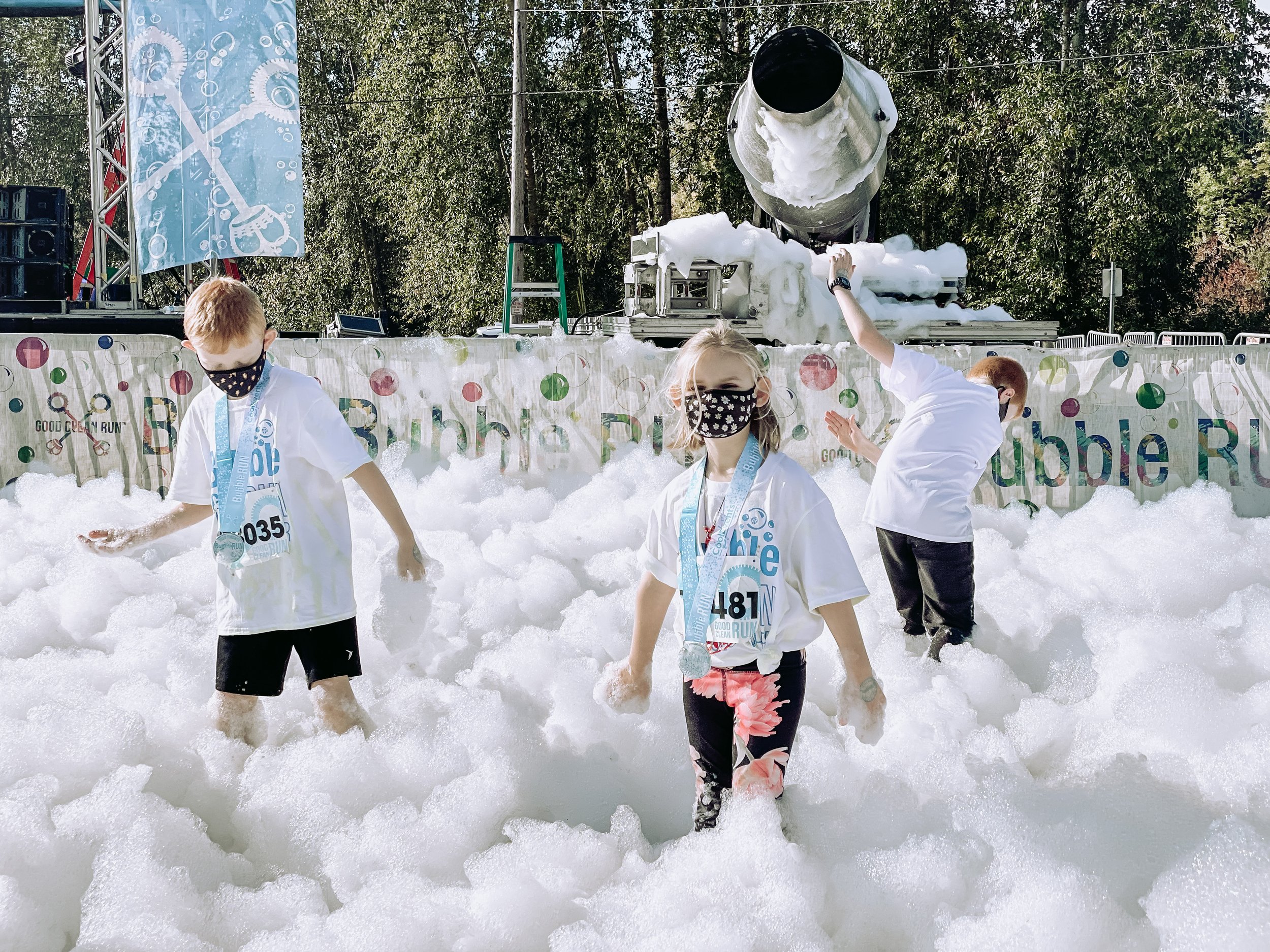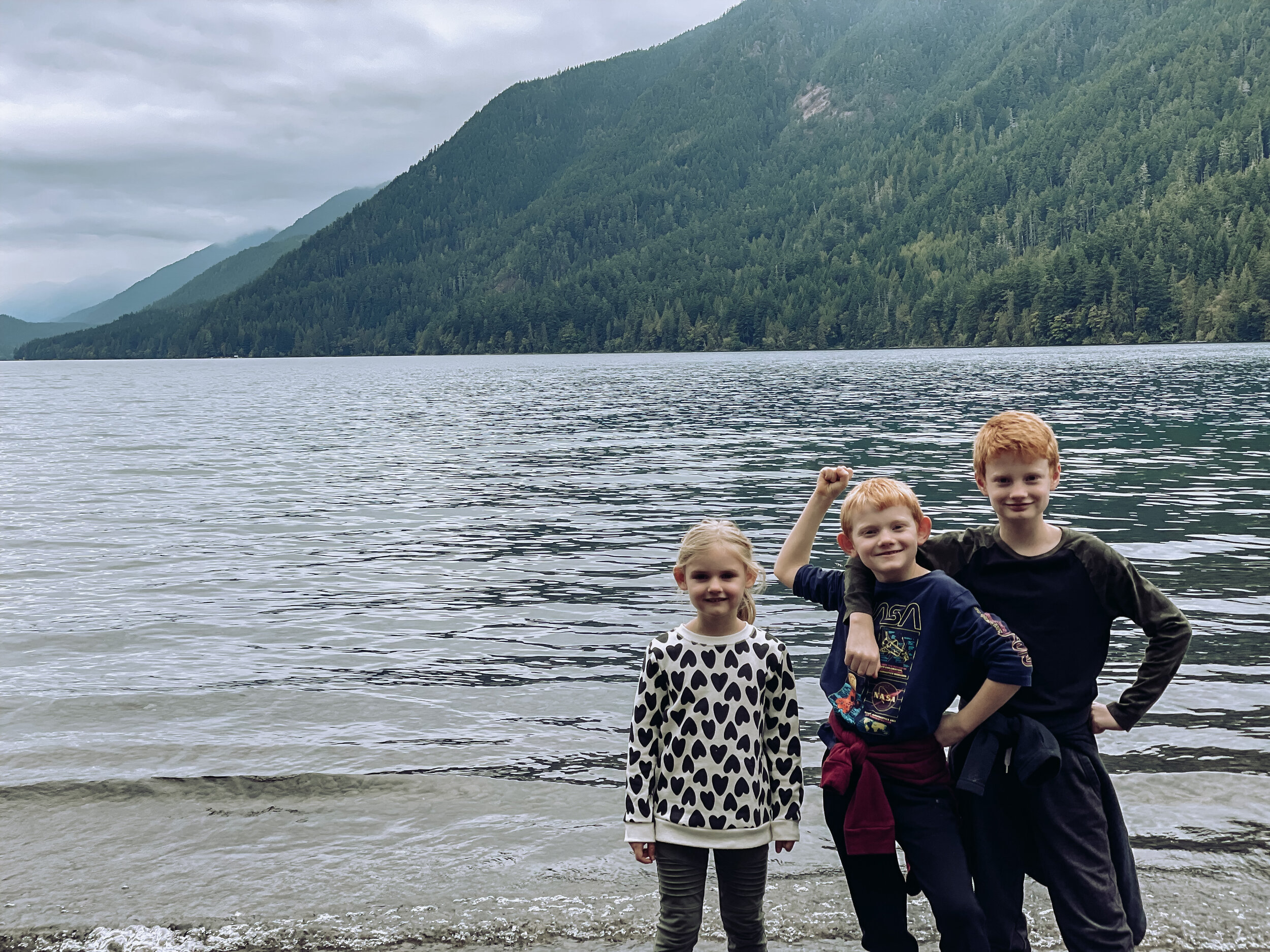Thirty minutes of fishing a day.
A successful businessman on vacation was at the pier of a small coastal village when a small boat with just one fisherman docked. Inside the small boat were several large yellowfin tuna. The businessman complimented the fisherman on the quality of his fish and asked how long it took to catch them.
The fisherman proudly replied, “Every morning, I go out in my boat for 30 minutes to fish. I’m the best fisherman in the village”.
The businessman, perplexed, then asks the fisherman, “If you’re the best, why don’t you stay out longer and catch more fish? What do you do the rest of the day?”
The fisherman replied, “I sleep late, fish a little, play with my children, spend quality time with my wife, and every evening we stroll into the village to drink wine and play guitar with our friends. I have a full and happy life.”
The businessman scoffed, “I am successful CEO and have a talent for spotting business opportunities. I can help you be more successful. You should spend more time fishing and with the proceeds, buy a bigger boat. With the proceeds from the bigger boat, you could buy several boats, eventually you would have a fleet of fishing boats with many fishermen. Instead of selling your catch to just your friends, you can scale to sell fish to thousands. You could leave this small coastal fishing village and move to the big city, where you can oversee your growing empire.”
The fisherman asked, “But, how long will this all take?”
To which the businessman replied, “15–20 years.”
“But what then?” Asked the fisherman.
The businessman laughed and said, “That’s the best part. When the time is right you would announce an IPO and sell your company stock to the public and become very rich, you would make millions!”
“Millions—then what?”
The businessman said, “Then you would retire. Move to a small coastal fishing village where you would sleep late, fish a little, play with your kids, spend time with your wife, stroll to the village in the evenings where you could sip wine and play your guitar with your friends.”
I’m sitting in our RV, at a campground surrounded by the high desert beauty of California, the sounds of our kids playing “Red Light, Green Light” outside, sipping a cup of Sleepy Monk coffee from the French press, and this parable keeps coming to mind.
Too many people we know spend their whole lives dedicated to their work, building up their retirement funds, so that one day, they will be able to live the life they dream of…tragically only to arrive at their retirement years in poor health and with estranged relationships because they neglected to take care of their bodies and nurture their relationships for years.
One dear friend that we knew worked tirelessly for decades in the same job, his workaholism glorified by those who knew him as a badge of honor that hung like a millstone around his neck. He developed cancer and passed away the year before his retirement.
Another man we know dedicated his best years to his work at the expense of his relationship with his children. He is now retirement-age and has no relationship with one of his adult children.
The richest man in the world has a child who doesn’t want anything to do with the man, to the point that they changed their last name to erase the association to him.
I’m not saying it isn’t wisdom to save for the future, but for Kelley and me, what is the point if we neglect our most important investment—people, specifically our children—in the process? And what good is it to make travel plans for retirement if chronic illness keeps us engaged in doctor’s appointments and paying medical bills by the time we actually get to have our late-life break? (If we even make it that far at all.)
In the book of Ecclesiastes, King Solomon, who was easily the wisest and richest man to ever live, discusses how meaningless it is to spend his whole life toiling and striving, to gain wealth that will be given to and enjoyed by someone else when he dies. And he doesn’t even know when that day will come—if he will even be able to enjoy the fruits of his labor, or if tomorrow, his very breath would be taken from him. At the end of the book, he concludes that the best strategy of life is to serve God and to work, yes, but to also enjoy the pleasures life has to offer along the way so that your work doesn’t become miserable. He cautions not to get caught up in the meaningless striving for more so that we waste our youth, our best years, on the things that are here today and gone tomorrow.
What good is it to gain the whole world if we forfeit our souls, our relationships, and our mental, emotional, and physical health along the way?
We decided we want to instead give our children our best years. We want to make memories together while we have them under our roof (be it stationary or mobile) and create bonds with one another that will carry our children well into their adult years while we have the strength and energy to. We want to invest first in those relationships, and in our marriage, so that one day, when we are far along in life, we still enjoy each other’s company and haven’t grown into strangers. We want to move and challenge our bodies, focusing on strength and longevity, and then rest when it’s necessary, so that we can finish our race well, rather than having to bow out early.
This is our why.
It’s why we are taking a break. This is largely why Kelley resigned from his job that was deteriorating his physical and mental health and took a sabbatical. This is why I decided to focus my energy and time on educating and training my children to be wise, positive contributors to society, instead of jumping into another full-time job. There are always ways to make more money, but I want to spend every second I can with them while they are in my care, so that we have a solid foundation for our adult-adult relationships later on. And when I’m gone, the deposits I’ve made in shaping their character will hopefully continue to reap a harvest as valuable assets in their lives.
Retirement is a good investment, but for us, it isn’t the only, or even most important one, that we have been entrusted with. I’d rather the magnitude of bonding I have with my family be substantially more than the size of my 401K.
And for us personally, our ambitions aren’t to amass wealth and status, anyway. We don’t need or long for much. We aim to live a quiet life, having what we need but also being able to enjoy the journey along the way. We want to have plenty of sunshine, fresh air, and nature to surround us and the health to enjoy it. We want our physical bodies to be strong for the task at hand. And we are committed to keeping margin so that we have the time and mental and emotional space for the people in our lives.
We want to major in the majors and minor in the minors.
This is our why.






















































































































